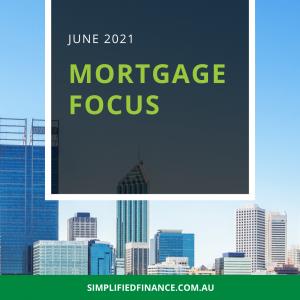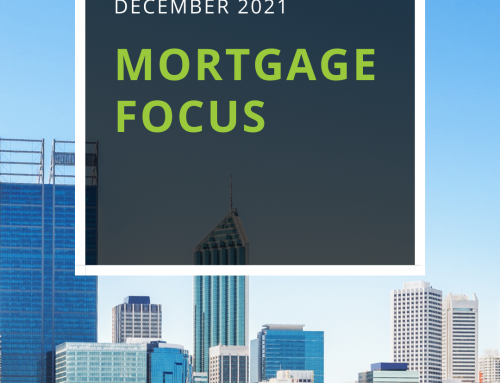 As the winter property season and end of financial year (EOFY) are upon us, the Australian property market would usually slow down during the cooler months, but experts say with current buyer demand and low interest rates, we are in for a stronger-than-usual winter season.
As the winter property season and end of financial year (EOFY) are upon us, the Australian property market would usually slow down during the cooler months, but experts say with current buyer demand and low interest rates, we are in for a stronger-than-usual winter season.
Interest rate news
The Reserve Bank of Australia (RBA) decided to keep the official cash rate unchanged at 0.10% at its meeting on 1 June. This decision is in line with the RBA’s position on leaving rates unchanged until 2024.
RBA Governor Dr Phillip Lowe stated that the board decided to maintain current policy settings. This included the yield on the 3 year Australian Government bond, targets of 10 basis points for the cash rate, parameters of the government bond purchase program, and the rate of zero per cent on Exchange Settlement Balances.
Mr Lowe said “The board is committed to maintaining highly supportive monetary conditions to support a return to full employment in Australia and inflation consistent with the target. It will not increase the cash rate until actual inflation is sustainably within the 2.0 to 3.0 per cent target range.”
The date for final drawings under the Term Funding Facility is 30 June 2021. The facility is supporting low borrowing costs until 2024 through low-cost fixed rate funding for three years. “Given that financial markets in Australia are operating well, the Board is not considering a further extension of this facility,” stated Mr Lowe.
At the July meeting, the board will consider whether to retain the April 2024 bond as the target bond for the 3-year yield target or to shift to the next maturity, the November 2024 bond. The board will also consider future bond purchases following the second $100 billion of purchases under the government bond purchase program in September.
Home value movements
CoreLogic’s national Home Value Index saw prices increase by 2.2% in May. This rise was a stronger result compared with April (1.8%), but weaker than the 32 year high recorded in March when prices grew by 2.8%.
The combined capital city index rose 2.3% in May compared with a 2.0% rise across the combined regional areas. This is the second time in three months growth conditions in capital city home values continue to outpace regional markets.
Hobart (3.22%), Sydney (2.97%) and Darwin (2.66%) were the strongest performing markets where dwelling values increased by more than 2.5% in May. The dwelling values for the rest of the capital cities also increased: Brisbane (2.00%), Adelaide (1.87%), Canberra (1.75%), Melbourne (1.75%), and Perth (1.10%).
Along with record low mortgage rates and increase in sales, CoreLogic recorded the number of new listings added to the housing market as 15% above the 5 year average.
CoreLogic’s research director, Tim Lawless, explains what is driving the housing market to remain in place. “The combination of improving economic conditions and low interest rates is continuing to support consumer confidence which, in turn has created persistently strong demand for housing. At the same time, advertised supply remains well below average. This imbalance between demand and supply is continuing to create urgency amongst buyers, contributing to the upwards pressure on housing prices.” Mr Lawless stated that, “This rapid rate of absorption is keeping advertised inventory levels extremely low, despite the rise in new listings.”
Property market
* Monthly Home Values figures as of 31 May, 2021
* Australian auction results, clearance rates and recent sales for the week ending 3 May, 2021.
* The clearance rate is preliminary and current as at 7:35 am ADST, 31 May, 2021.
Given the low interest rates, the competition for the limited supply of Australian homes is heating up. If you’re considering buying soon, it is important to get in touch with us on 0437 498 800 to arrange a pre-approval for a home loan. A pre-approval will help you move quickly when you find the right property and the ability to negotiate with confidence. Speak to us about your plans today.





